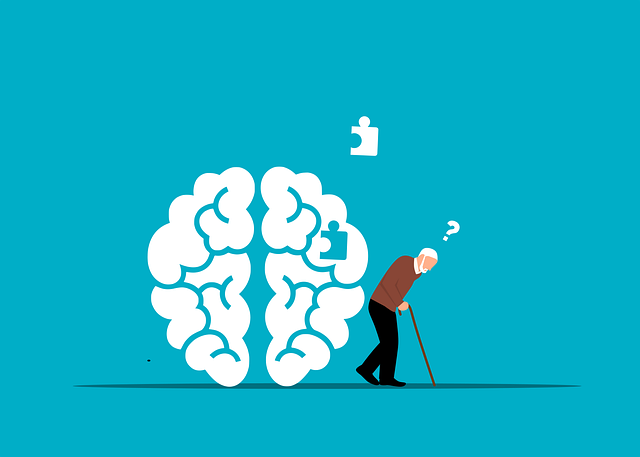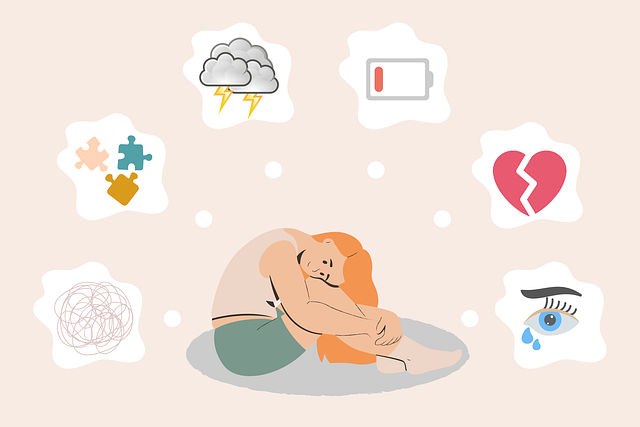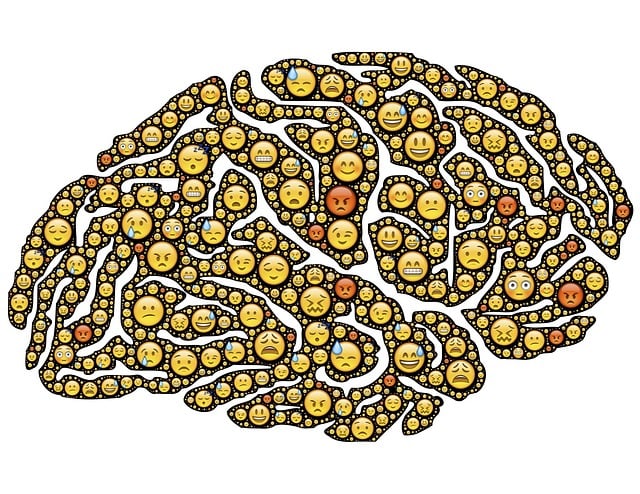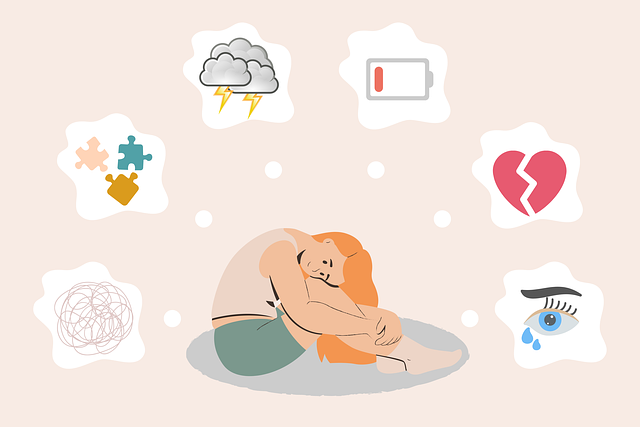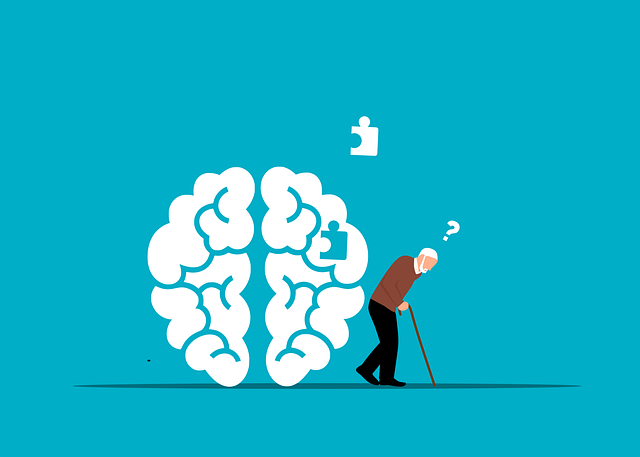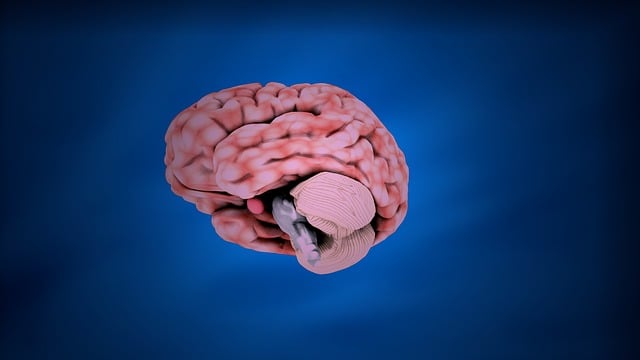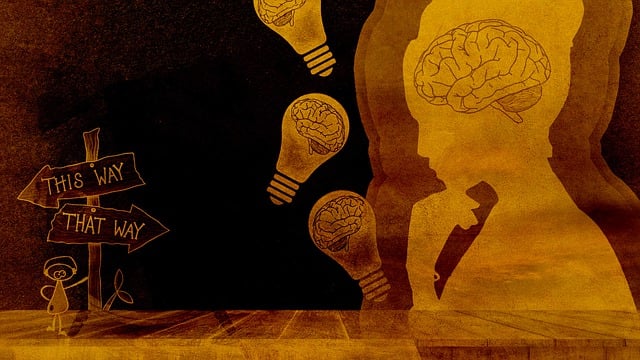Mindfulness meditation emerges as a powerful and accessible therapy for children's mental well-being, especially in managing stress and anxiety, including post-traumatic stress disorder (PTSD). Creating calm environments with minimal distractions and sensory cues is essential. For kids with PTSD, clear rules, simple instructions, and safe spaces are crucial for successful sessions aimed at building emotional intelligence. Integrating short, engaging mindfulness practices into daily routines can benefit both adults and children dealing with PTSD. Dedicated time each day, supported by apps or online resources, can help adults alleviate anxiety and resolve conflicts. Mental health policy analysis and advocacy are vital to ensure these resources reach all children in need of crisis intervention guidance.
Mindfulness meditation offers a gentle, yet potent tool for children dealing with stress or anxiety, including those recovering from post-traumatic stress disorder (PTSD). This article provides practical guidance for parents and educators looking to integrate mindfulness into young lives. We’ll explore how to understand mindfulness meditation’s benefits for children, prepare an optimal practice environment, and discover techniques to establish a consistent routine.
- Understanding Mindfulness Meditation for Children
- Preparing and Setting the Scene for Practice
- Techniques and Tips to Foster a Consistent Routine
Understanding Mindfulness Meditation for Children

Mindfulness meditation has gained recognition as a powerful tool for promoting mental well-being in children. This ancient practice involves training the mind to focus on the present moment, cultivating awareness and acceptance of thoughts and feelings. For children, it can be an incredibly effective therapy, offering a simple yet profound way to manage stress and anxiety. By encouraging kids to pay attention to their senses and emotions without judgment, mindfulness meditation helps them develop emotional regulation skills that are essential for their overall mental health.
In the context of addressing post-traumatic stress disorder (PTSD) in children, mindfulness-based interventions have shown promising results. Incorporating cultural sensitivity in mental healthcare practice is vital when introducing such techniques to diverse populations. Mindfulness meditation can be adapted to suit various cultural backgrounds and beliefs, ensuring that therapy for children’s PTSD is inclusive and effective. Additionally, mental health policy analysis and advocacy play a crucial role in making these resources accessible to all kids who may benefit from this form of crisis intervention guidance.
Preparing and Setting the Scene for Practice

Creating a calm and supportive environment is key to establishing an effective mindfulness meditation practice, especially for children who may be dealing with post-traumatic stress disorder (PTSD). Before beginning, ensure the space is free from distractions and conducive to relaxation. Consider lighting candles or using essential oils to create a soothing atmosphere—sensory cues can significantly enhance focus and emotional connection during meditation.
Additionally, engaging in risk management planning as a mental health professional can involve setting specific ground rules for practice sessions with children. This may include establishing clear expectations, providing simple instructions tailored to the child’s age and understanding, and offering a safe, non-judgmental space where they feel comfortable exploring their thoughts and emotions. Stress management techniques often taught during these sessions contribute to building emotional intelligence, empowering children to navigate challenging situations more effectively.
Techniques and Tips to Foster a Consistent Routine

Establishing a consistent mindfulness meditation practice requires techniques that cater to both adults and children, especially those dealing with post-traumatic stress disorder (PTSD). For kids, start by integrating short, engaging sessions into their daily routines. Use guided meditations tailored for children, often featuring stories or games, to capture their interest while teaching them foundational mindfulness skills.
Incorporate simple practices like mindful breathing exercises, where children focus on inhales and exhales, making it a fun game of “breathe and count.” Additionally, promote awareness through sensory experiences—asking them to notice sights, sounds, and textures in their environment—which can serve as valuable anchors for calming the mind. For adults seeking anxiety relief or conflict resolution techniques, consistent practice is key. Consider setting aside dedicated time each day, even just 10 minutes, to meditate. Utilize apps or online resources that offer structured guidance, ensuring a regular routine becomes second nature over time.
Mindfulness meditation, as discussed in this article, offers a gentle yet powerful tool for children to manage stress and anxiety, even those experiencing post-traumatic stress disorder (PTSD). By creating a supportive environment and employing consistent techniques, parents and caregivers can guide young minds towards improved emotional well-being. Integrating mindfulness into daily routines allows children to develop resilience and coping strategies that will serve them throughout their lives.


